EUROPEAN ARREST WARRANT

A brief review of the legal culture of the European Union would reasonably conclude that, of all its institutions’ legislative initiatives each year, none is more blurry and controversial than the European Arrest Warrant. The European Arrest Warrant (EAW) was created by Council of Europe Decision 2002/584/ JHA on 13 June 2002 as a means of facilitating the co-operation of courts in criminal matters. As it is clear from the Preamble to the Framework Decision, the EAW is the first case of applying the principle of mutual recognition of judicial decisions by Member States in criminal matters.
In practice, the EAW seeks the swiftest possible surrender by the criminal authorities of the Member State of the person accused or convicted in another Member State, in order to be tried or sentenced in the issuing state. The questions raised are many, and the objections to the implementation of EAW even more so. This article will attempt a brief analysis of the system established by the Framework Decision on the EAW.
I. Definition of European Arrest Warrant
According to Art. 1 par. 1 Framework Decision 2002/584 / JHA , the European Arrest Warrant is “a court order issued by a Member State for the purpose of the arrest and extradition of another person seeking to prosecute, or to execute, a sentence or measure of deprivation of liberty”.
II. The Procedure
In the system outlined in Framework Decision 2002/584/JHA, two states have a dominant role: the State issuing the arrest warrant and the executing State of the European Arrest Warrant. Issuing State is the state in whose territory the offence has been committed, and its judicial authorities issue the EAW so that the perpetrator may be tried or sentenced in the territory already served. While the executing State whose judicial authorities are obliged without delay to investigate, arrest and extradite the offender or suspect over to the authorities of the issuing State.
For what crimes can a European Arrest Warrant be issued?
As it would probably be ineffective to trigger this particular process of cross-border surrender for minor offences – which at times, for reasons of leniency, might even go unpunished – the EU legislature sets a threshold for the issuance of an EAW. Specifically, Art. 1 (1) of the Framework Decision states that a “European arrest warrant may be issued for acts punishable by the law of the issuing Member State concerned, by imprisonment, or by imprisonment of at least twelve months, or if a penalty or security measure has already been imposed, for convictions of at least four months. ”
Furthermore, because – as already mentioned – the eventual cause of its institutionalization was the fight against terrorism and, consequently, of international organized crime, the EAW may be issued without control of the double criminality of the act for 32 charges (serious) crimes (e.g. terrorism, human trafficking, etc.)
III. Differences between European Arrest Warrant and Extradition.
According to an internationally accepted definition, extradition law is “the lawful measure that convicts the surrender of a person who has been charged or convicted of a crime by the State in which he has sought refuge in the requesting State with a view to prosecuting him, or oblige him to serve the sentence imposed on him. ” Prima facie, the versioning system does not seem to differ significantly from that of the EAW. A closer look, however, will highlight differences in relation with the principle of double criminality, Time limits, Competent Authorities, Surrender of nationals of Executing state, and Grounds for refusal of execution of the European Arrest Warrant.
IV. The Court of Justice of the European Union on the European Arrest Warrant.
The first time that the CJEU came to the issue of the legality of the EAW was in 2007, in the case of Advocaten voor de Wereld VZW (C-303/05). The Court stated that the legal basis of the Framework Decision is Art. 31 of the Treaty on European Union, which promotes judicial cooperation in criminal matters, and Art. 34, which entrusts the Council with the implementation of this cooperation, with the measures, it deems appropriate. Neither of these articles proposes a certain way of binding over the other, making the choice of the legal instrument of the Framework Decision vis-à-vis the Treaty legal. The Court also ruled on the legality of the ECA as not violating the principle of “no lawless penalty”, holding that the Framework Decision is not intended to harmonize the substantive criminal justice rules of the Member States, but only the surrender procedure. Thus, the 32 serious crimes of art. 2 (2) – though not specified in the decision – are punishable under the laws in force in the Member State concerned.
Since then, the CJEU has continued to defend the EAW, in particular against national (often constitutional) courts, which have sought to refuse to enforce an EAW, if the requested rights are being challenged. The breakthrough, however, was created in 2009, with the adoption of the Treaty of Lisbon, which transposed the EU Charter of Fundamental Rights into primary law, and the subsequent adoption of six fair trial provisions, five of which were directly related to EAW. The CJEU could not remain unaffected, so it began to give a new dimension to the rights that the EAU infringes in its subsequent case law. The case of Aranyosi and Caldaruru (C 404/15 and C 659/15 PPU) is noteworthy, where the Court has stated that, where there are concerns that in the issuing State the conditions of detention are such as to violate Art. 3 ECHR (Prohibition of Torture), the executing State is obliged to postpone surrender until the situation improves.
V. Conclusion
In conclusion, the European Arrest Warrant is a weapon in the Union’s legislative framework for combating crime, and creating an area of security and justice. It could also be seen as the ‘reverse’ of free movement of persons: in an area where everyone is free to move and, therefore, can be convicted, his arrest should be as easy as possible. Its purpose – namely, the replacement of the issue of issuance between Member States by speedy and flexible procedures – has been achieved since the early years of its adoption. The question, however, about the endangerment of prisoners’ individual rights has been repeatedly answered by the CJEU. Only the harsh response to the modern reality of internationalized crime remains, to make a final decision on its usefulness.
Efstathios C. Efstathiou
Lawyer


